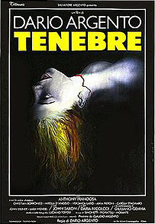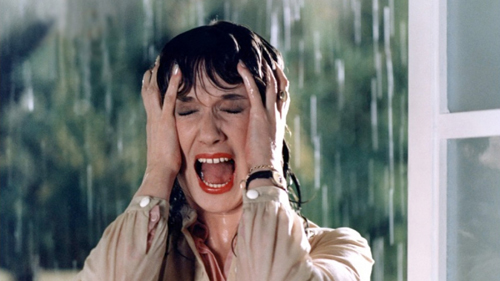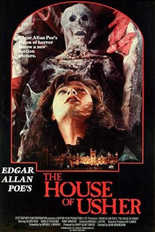
Featuring day for night, bad dubbing, sideburns, camera zooming, gratuitous nudity and other hallmarks of ’70s cinema, Lady Frankenstein is an ultra-schlocky take on the classic Mary Shelley narrative. The plot centers on Tania Frankenstein (Rosalba Neri, credited as Sara Bey), who returns home from medical school with the hopes of assisting her father Baron Frankenstein (veteran actor Joseph Cotten of Citizen Kane and The Third Man fame) in his unorthodox experiments with human reanimation.
The Baron tries to keep her out of the way, however, not wanting her to face any backlash should their grisly, “unholy” work ever get out. He continues working on his “creature” with his assistant, Dr. Marshall (Paul Muller), acquiring a recently hanged killer’s corpse from a local sleazy grave robber (Herbert Fux) and his cronies.
On a stormy night, Frankenstein successfully reanimates his creature, despite Marshall warning him not to, given that the hanged killer’s brain had been damaged. This results in the monster — a gargantuan specimen with a bulbous bald head — to immediately rampage, killing Baron Frankenstein and escaping to the countryside, where unsuspecting villagers (several of them amorous couples) fall victim to its indiscriminate wrath.

Tania seems unconcerned by all of this, however, instead convincing Marshall — apparently in love with Tania — to kill a mentally handicapped stud named Thomas (Marino Masé, as Peter Whiteman) and allow her to transplant Marshall’s superior brain into Thomas’ younger, fitter body. Meanwhile, local cop Captain Harris (Mickey Hargitay, Mariska’s dad) suspects the Frankensteins have been up to no good, a sentiment shared by the townsfolk for no clear reason other than to include the requisite angry mob equipped with torches and pitchforks at the film’s climax. Without giving too much away, this we get in spades.
To say this is an uneven film is an understatement, but its rockily paved roads still offer a thrilling, if altogether bumpy ride. It has the spirit of a gothic Hammer film — not as good as any of that studio’s Frankenstein entries, mind you, but just perverse and at times unintentionally goofy enough to hold interest. Sometimes, perversity and goofiness go hand in hand, perhaps none more so than in the scene where Marshall smothers Thomas with a pillow while he makes love to Tania, sending the lady into a fit of ecstasy. This sexual rapture during murder fits in with the film’s overall assertion that the Frankensteins are preternaturally evil.
Similarly, the Baron’s obsession with reanimating the dead seems rooted in a desire to achieve godlike status among his fellow mortals, not so much for any scientific aims. As such, the monster created by Frankenstein is just that: a marauding hulk imbued with “superhuman strength induced by lightning,” as Marshall puts it. If you’re looking for a nuanced depiction of the Creation, keep looking, because you won’t get it here. If you don’t care about all that and just want to see a brute kill a bunch of people, this is the movie for you.
With its short runtime and emphasis on exploitation, Lady Frankenstein, despite its flaws, is a fun late-night flick sure to delight all but the most devout Shelley purists. —Christopher Shultz









